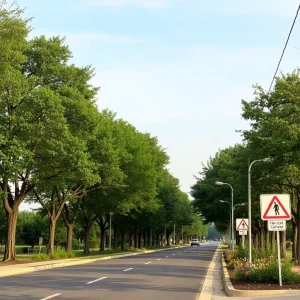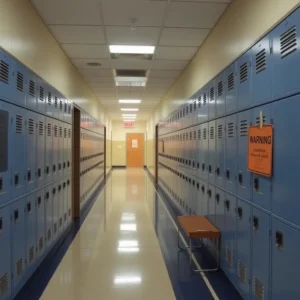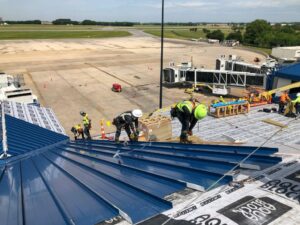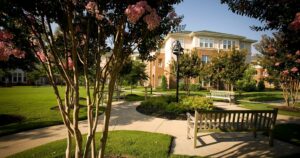Memphis: Stuck in a Transportation Conundrum
Memphis is facing a perplexing transportation dilemma. It seems like the city is caught in a never-ending cycle, and the residents are feeling the impact. At the heart of the issue is the Memphis Area Transit Authority (MATA), which is struggling to create an efficient public transportation system that meets the needs of the community. This inefficiency pushes Memphians towards car ownership, which in turn hampers MATA’s ridership, leading to a situation where more people feel obligated to buy cars. It’s essentially a Catch-22 situation, and it’s getting harder for everyday folks to navigate through the chaos.
The Numbers Paint a Stark Picture
Let’s break it down with some eye-opening statistics from the Center for Neighborhood Technology (CNT). When it comes to job access, Memphis scores a moderate 5.6 out of 10. This indicates some access to jobs but not nearly enough to encourage people to rely solely on public transportation. When you look at the AllTransit Performance Score, Memphis scores only 3.9 out of 10, showing that it’s a car-dependent city with limited access to public transit. Furthermore, the compact neighborhood score is again a low 3.9, highlighting the low density and limited walkability of the area.
Neighborhood Efficiency and Its Impact
Now, here’s where it gets interesting. Did you know that only 1% of neighborhoods in Memphis are considered location-efficient? This means they provide easy access to jobs, services, and various transportation options, ultimately allowing residents to spend less time and money on commuting. The annual transportation costs for households hover around an astonishing $12,688. With an average of 1.7 cars per household and around 16,567 vehicle miles traveled on average, it’s easy to see why many families feel the pressure of car ownership.
Public Transit: The Missed Opportunity
If you think about it, one of the biggest hurdles for MATA is the low ridership, which is currently at about 2% of the total workforce in Memphis. This low rate makes it tough for MATA to secure the attention and funding it needs to improve and expand its services. Consequently, as fewer people choose public transportation, MATA becomes less of a priority for city planners. This sets off a painful cycle, keeping residents relying on personal vehicles rather than exploring public options.
Environmental Concerns
Additionally, let’s not overlook the environmental impact. Each household generates an average of 6.43 tons of greenhouse gases annually, mainly due to the reliance on personal vehicles. This high level of auto-dependence is not only harmful to the environment but also unsustainable for the future of the city.
A Call for Change
So what’s the takeaway here? Memphis needs to shift gears and prioritize enhancing MATA’s public transportation system to break this vicious cycle. A better transit system could lead to reduced transportation costs, improved job access, and ultimately shift the reliance away from personal vehicles. It’s time for a change, and the city’s future may depend on it!
As locals, we can all play a role by engaging with city leaders and advocating for improvements in public transport. If you care about our city’s well-being, let’s work together to push for a more connected and sustainable Memphis.
Join the conversation and follow discussions related to this and other pressing Memphis issues. Every voice matters, and together, we can help move Memphis towards a brighter, more efficient future.








